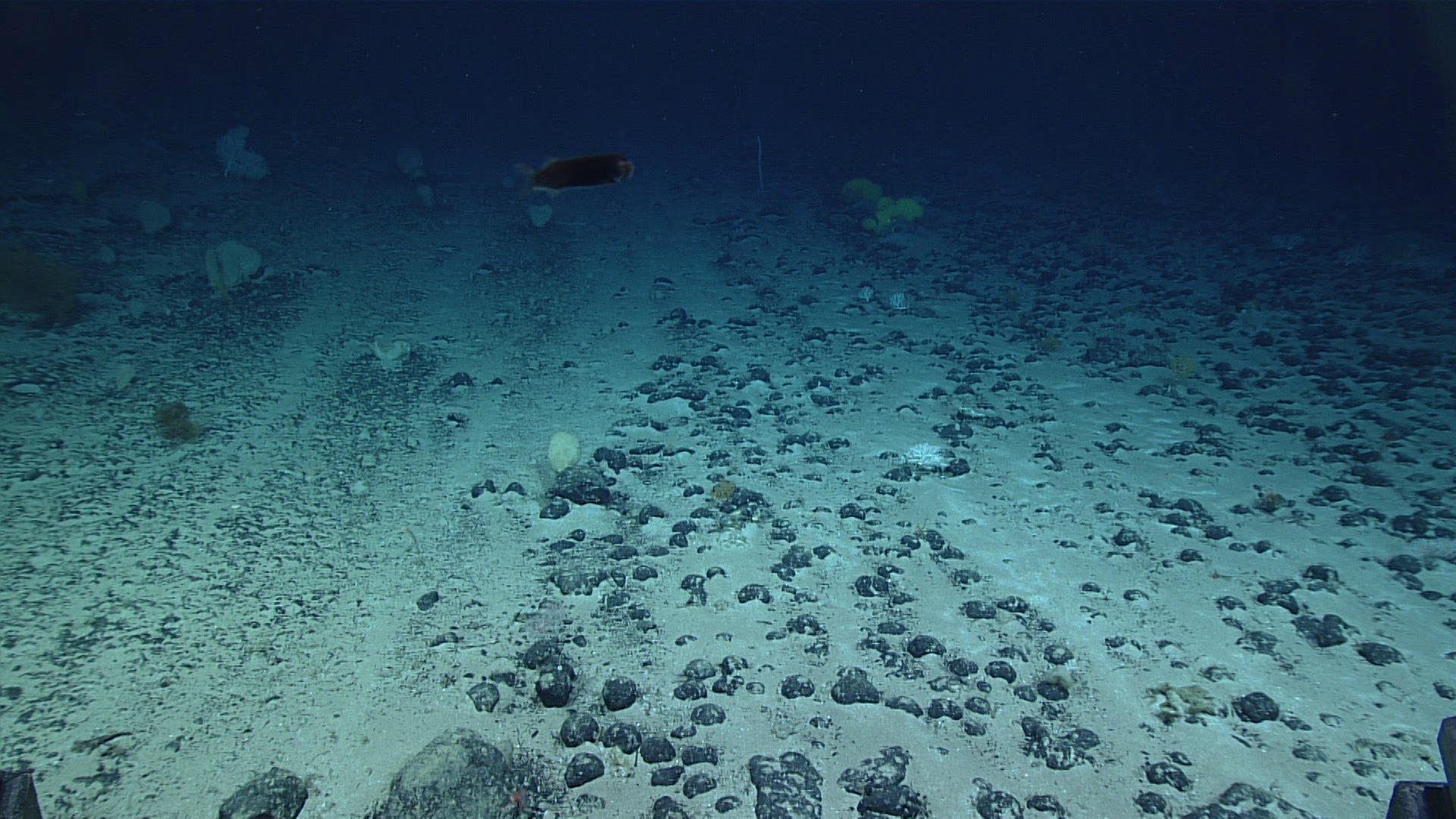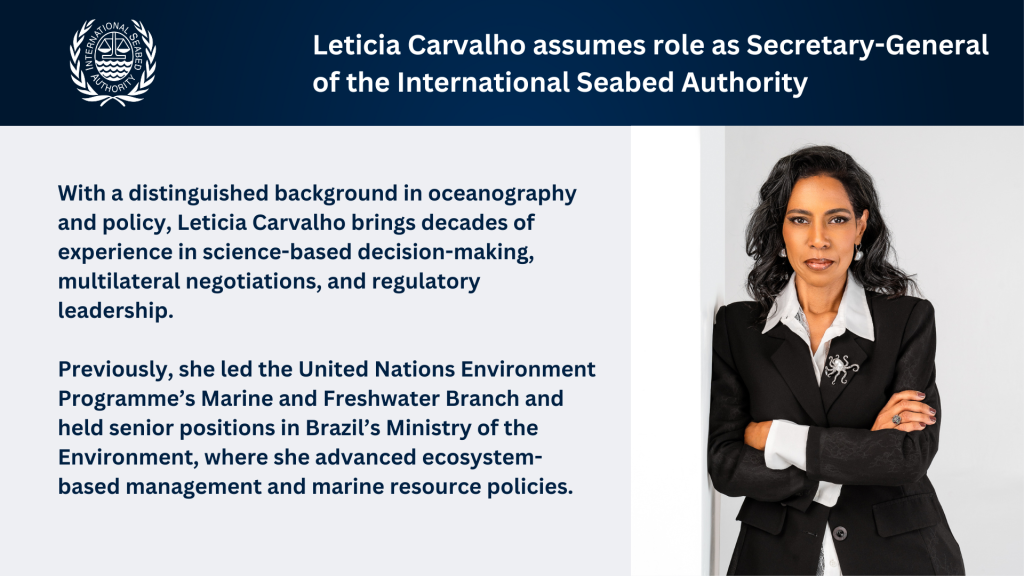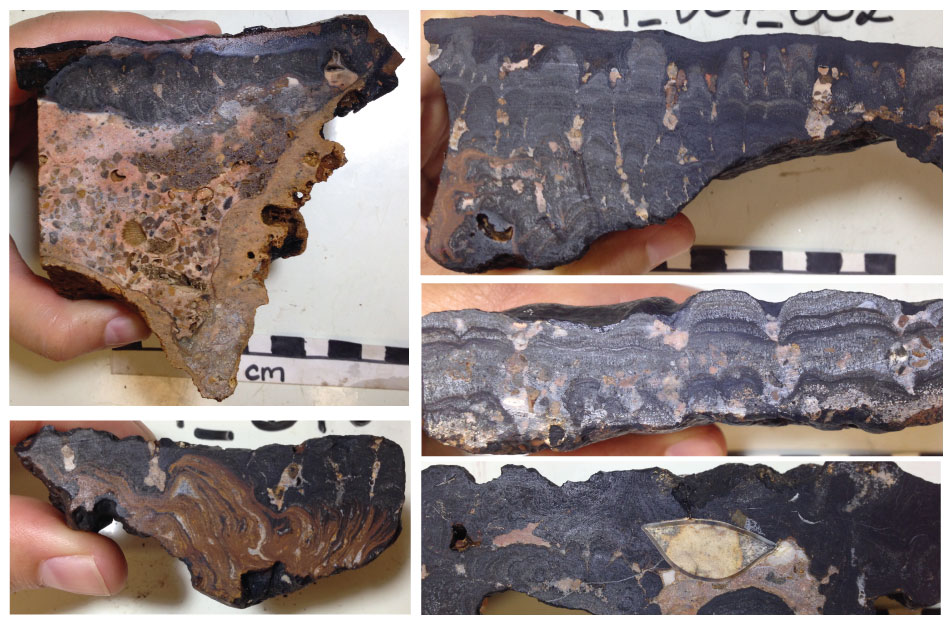The march towards deep-sea mining is a slow and stately trudge through a complex international negotiation. The real progress isn’t made in flashy headlines or overhyped announcements, but in painstaking deliberations and incremental progress in the mining code and the environmental and financial regimes.
In as much as 2024 was a fairly standard year in terms of the actual negotiations, there were some major events which set the stage for the future of the deep ocean and the deep-sea mining industry.
Norway pushes forward then pushes pause on plans to mine its EEZ.
2024 began with a bang as Norway announced it’s plans to begin issuing exploration permits for seafloor massive sulphides in their territorial waters. Norway would open up nearly 300,000 square kilometers for mining companies to to explore for lithium, scandium, cobalt, and other critical minerals. It was the first major step towards deep-sea mining within Norwegian waters.
2024 also ended with a bang and, in a late night session, the Norwegian parliament brokered a deal to suspend the issuing of deep-sea mining licenses in exchange for support for the budget. In many ways, the Norwegian 180 was emblematic of the entire year of deep-sea mining, a whirlwind of headlines that ended up with the industry being pretty much where it was when the year began.
With one notable exception…
Election of Leticia Carvalho to ISA Secretary General.
The most significant change in the deep-sea mining landscape in 2024 is the election of Leticia Carvalho to lead the Secretariate of the International Seabed Authority. Carvalho is the first oceanographer, the first South American, and the first woman to lead the Secretariate, which oversees the administrative duties of the International Seabed Authority. The Secretary General plays a significant role in shaping the pace and progress of the negotiations.
Outgoing Secretary General Michael Lodge saw his leadership mired in accusations of partisanship, of being too cozy with mining contractors, of passing confidential information to favored partners, and of attempting to influence the Secretary General election through bribery. His previous election, conducted under a silence procedure vote during the pandemic shutdowns was criticized by stakeholders. Carvalho won by a definitively wide margin that surprised many observers, indicating that her election was not just coordinated by the pro-moratorium members of the Assembly, but by a wider cohort of the International Seabed Authority dissatisfied with Lodge’s leadership.
Cold Water Corals Thrive on the Blake Plateau.
The Blake Plateau is a massive, flat feature with steep walls that lies offshore of the southeast United States, from Florida to North Carolina. The reef extends from Florida to South Carolina along 310 miles of the plateau and reaching a width of 68 miles. This 6.4 million acre ecosystem is larger than all but two of America’s national parks, and dwarfs Denali Nation Park and Reserve by over a million acres. The cold water coral reefs, comprised of Desmophyllum pertusum corals, may be among the largest contiguous ecosystems in the continental United States.
The Blake Plateau is also the site of the world’s very first experimental deep-sea mine.
United States inches towards a deep-sea mining initiative.
One of the more significant diplomatic developments in the the industry is the increased participation of the United States in deep-sea mining. When Lockheed exited its deep-sea mining positions in 2023, it looked as through the US would have a dramatically reduced presence in the industry. With no major mining contractors, the US isn’t in a position to participate directly in the extraction of seabed minerals in the deep sea, but the US is one of the largest consumers of metals which could potentially be sourced from the high seas. The US, however, still stands to profit from deep-sea mineral production as an import for refining.
In 2024, Congresswoman Miller of West Virginia introduced the Responsible Use of Seafloor Resources Act of 2024 bill into Congress. The bill died in committee as the 118th congress came to a close. In April, a bipartisan cohort of retired military and political leaders called on the US Senate to finally ratify UNCLOS, allowing the US to fully participate in the deep-sea mining negotiations. The Department of Defense received funding for a very preliminary study on the viability of nodule refining within the US. Hawai’i joined California, Oregon and Washington in banning future deep-sea mining in state waters.
To add to the mix, the election of Donald Trump and the nomination of Congresswoman Elise Stefanik, a longtime supporter of deep-sea mining for strategic resources, to UN Ambassador suggests the new administration may prioritize the development of deep-sea mining.
Overall, 2024 saw the most action on deep-sea mining policy from the United States since I started tracking the industry in 2008.
Last Week Tonight skewers the industry and the ISA
In the lead-up to the summer ISA session, John Oliver released a feature on Deep-sea Mining which took a particularly skeptical look at the leadership of the ISA Secretary General.
Something strange is going on at Solwara I
Solwara I was supposed to be the world’s first deep-sea mining site. It was the first site to receive a mining license. For a moment, Solwara I looked like it would set the bar for the industry. A combination of bad decisions and bad luck resulted in the sponsoring company going bankrupt. Papua New Guinea would ultimately sign on to a 10-year pledge by Pacific nations to pause deep-sea mining development in their territorial waters.
And yet, in mid-2024, a vessel was spotted taking tons of ore samples from the seafloor around Solwara I. It’s not clear what is going on at Solwara I yet, but it seems like this long dormant mining project may be spinning back to life.
Do the economics of deep-sea mining make sense yet?
Last year, I dug into the financial model underlying the assumptions used to determine what a hypothetical deep-sea nodule mine would be worth. The numbers looked too optimistic in light of an ongoing cobalt and nickel surplus. Demand for cobalt and nickel continued to fall throughout 2024. The numbers look even worse now.
Nickel closed the year at $15,415 per ton, a fall of over 7% year-over-year and an almost 30% slump from its yearly high. Nickel remains in a surplus which is projected to stretch beyond 2026, with a 100,000+ metric ton global surplus project to shrink by less then 15,000 metric tons this year. Global mined nickel production is expected to decline by almost 20% in 2025.
Cobalt is experiencing a similar surplus, with Cobalt prices reaching their lowest since 2016. That oversupply should ease slowly over 2025, but still remain high throughout the year. Cobalt closed the year at $24,300.00. Cobalt’s demand, driven by electric vehicle batteries, is also in decline. In 2024, only 20% of Chinese-produced electric vehicles used cobalt-containing batteries.
In terms of financial value, the hypothetical 3.86 megaton nodule mine proposed by the International Seabed Authority to serve as the model for the industry during negotiations of the financial regime has lost $424 million in value since it was revised in July, 2023.
2025 year will see continued negotiations on the unitary mining code, though I don’t see a mining code being ratified this year. While the environmental regulations are creeping closer and closer to consensus, I don’t see the same progress on the financial regime. I expect to see one or several countries begin more intensive test mining in their territorial waters, particularly India and China. I am extremely interested to see if the Russian Federation’s shadow fleet’s actions severing a submerged cable in international waters in the Baltic Sea, an action which represents a clear violation of the UN Convention on the Law of the Sea, will have knock-on effects at the ISA negotiations. And I expect to see a handful of new countries sign on to the call for a ban, moratorium, or precautionary pause on deep-sea mining.
I am particularly excited to see how Secretary General Carvalho leads the Secretariate and how the next round of ISA sessions shakes out under fresh leadership.
Southern Fried Science is free and ad-free. Southern Fried Science and the OpenCTD project are supported by funding from our Patreon Subscribers. If you value these resources, please consider contributing a few dollars to help keep the servers running and the coffee flowing. We have stickers.


